
This paper presents new low-carbon initiatives that can make the landscape of post-COVID-19 freight deliveries sustainable. Several emerging examples include autonomous delivery robots in North America, crowd-shipping services in Asia, and e-cargo bikes in Latin America and the Caribbean.
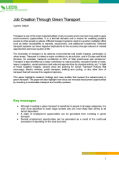
This paper highlights research findings and case studies that support the advancement in green transport, and how cities can increase employment opportunities by investing in sustainable transport and mobility systems. Case studies include examples from public transport and the cycling industry in India and the United States.

This paper looks at ways cities can rethink urban mobility systems post-pandemic, putting people at the centre of transport and street planning.
This is the third Environmental Performance Review of Ireland. Ireland’s progress in delinking the economy from environmental pressures has been uneven in the last decade. Encouraging businesses and households to take action is key.
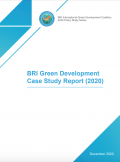
This report showcases 13 projects covering eight fields, namely, biodiversity and ecosystem, clean energy, clean water, sustainable transportation, solid waste treatment, sustainable consumption and production, green buildings, and corporate social responsibility.
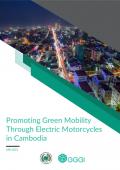
Cambodia is one of the fastest-growing economies in Southeast Asia, with an average annual GDP growth rate of 7.7% between 1995 and 2018. The overall objective of this study is to develop an investment project proposal that can facilitate the deployment of electric motorcycles (EM) in Cambodia and contribute to the reduction of GHG emissions in the transport sector
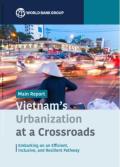
The decades of rapid economic growth in Vietnam have been accompanied by urbanization and spatial transformation. In dealing with urbanization, the country has mounted an impressive record of keeping rural–urban and regional disparities in check through the promotion of rural industrialization and central transfers aimed at poorer areas. These transfers have allowed the expansion of basic services and infrastructure. The recommendations in this report have three layers: two policy principles, two overarching strategies, and three areas of policy actions.
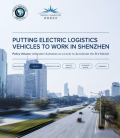
This report series—Putting Electric Logistics Vehicles to Work in Shenzhen—provides a reference point and a goal post for governments looking to reduce the health and climate impacts of freight transport in their communities. It takes a deep dive into how Shenzhen, a metropolis in Southern China, has electrified logistics vehicles and where it can make changes to accelerate that transition.
This case study examines the cost of the impacts of climate change on Jamaica. The analysis reveals that the current cumulative loss of GDP due to damage associated with natural disasters was estimated to be in the order of $120 billion (7 percent of GDP). When this is coupled with potential climate change induced impacts, such as an increase in the number of extreme hurricanes, the figure is even more worrisome as it is likely to rise.
Climate Change Impacts on Coastal Transport Infrastructure in the Caribbean - Saint Lucia Case Study
This case study presents the assessment of the criticality of Saint Lucia’s major transportation assets (airports and seaports) and their potential vulnerabilities to climate variability and change.
